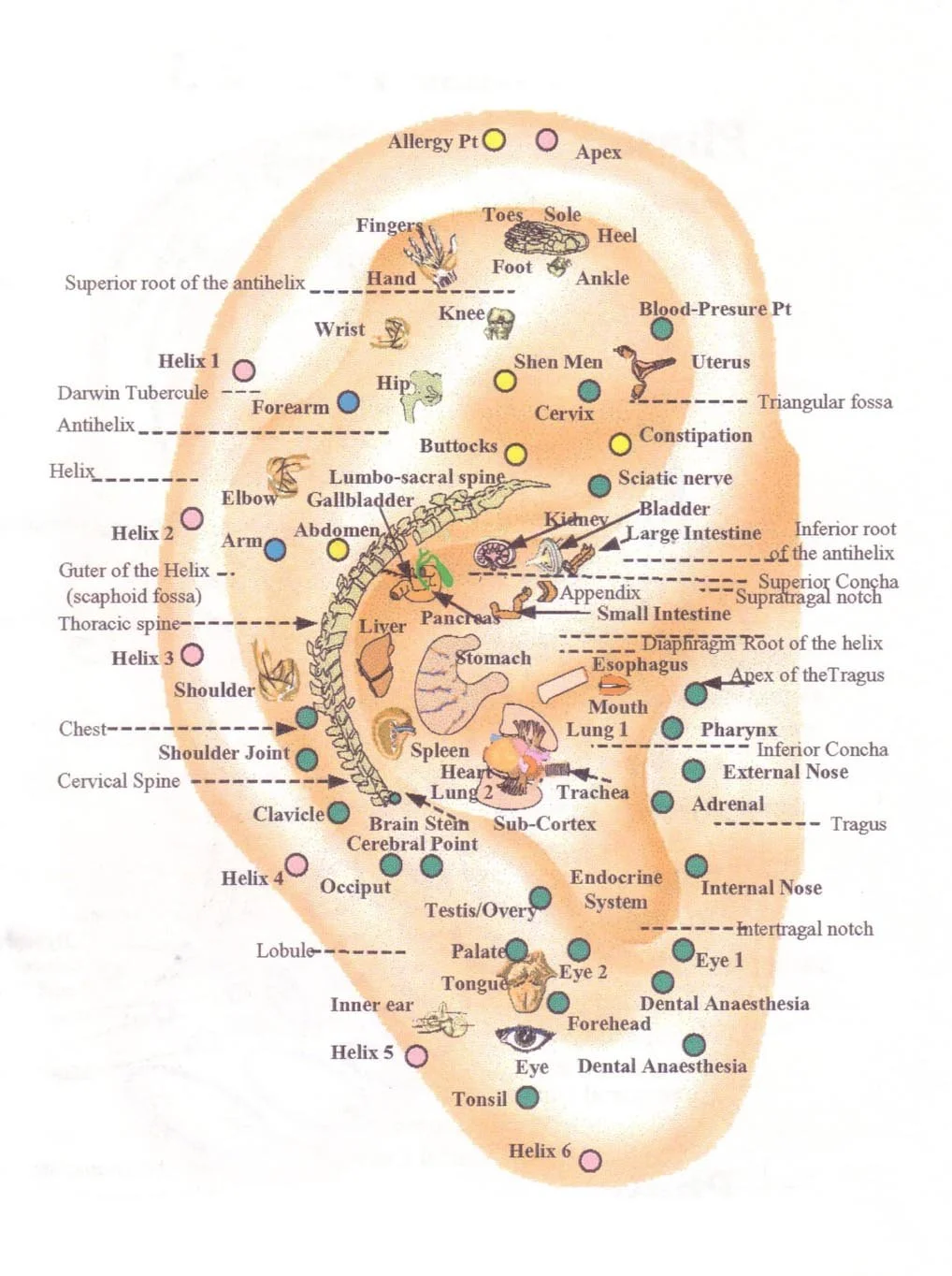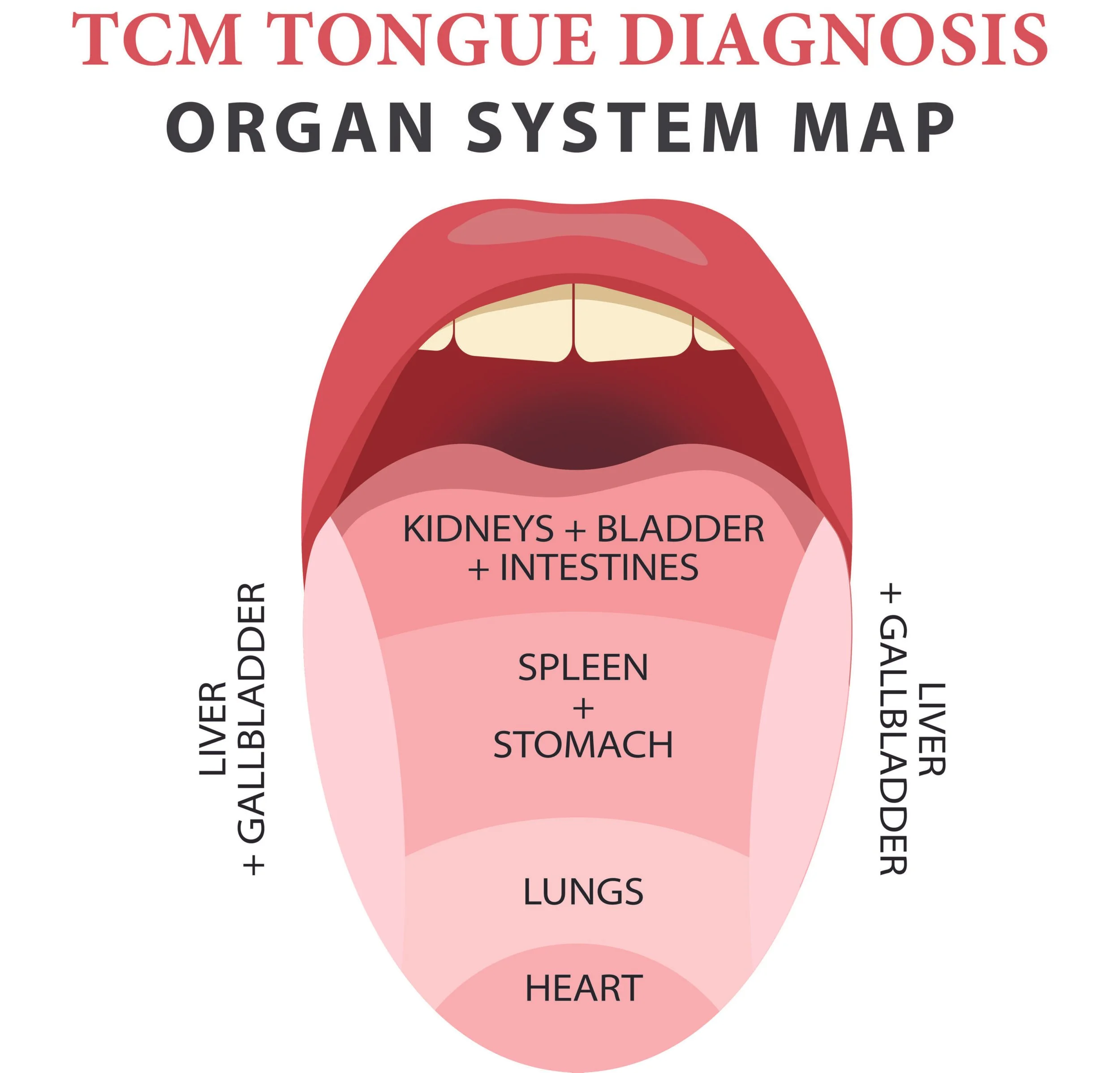The Secret Wisdom of Chinese medicine: what your practitioner can tell from looking at your tongue
Often the most surprising part of an initial Chinese medicine consult comes toward the end of the questioning when the practitioner says, “Can I please look at your tongue?” It might seem like a strange thing to ask, but looking at the tongue is one of the most important parts of a Chinese medicine consult, guiding diagnosis and treatment in Chinese medicine.
Chinese medicine was developed over 2,000 years ago, before any pathological or image testing that allows us to look inside of the body was invented. Instead, traditional doctors developed other techniques to understand what was going on inside the body.
Observation is a key part of Chinese medicine diagnosis and is a powerful tool that helps us understand what is happening inside the body. We perform observations when looking at the tongue, but we can also perform observations of the abdomen, face and overall skin colour and texture to assess the state of somebody’s health and decide the appropriate treatment. The way I first had this described to me was like looking at the skin of a peach. When you look at the peach from the outside, you can tell things about how the fruit is on the inside. The colour, texture and firmness of the skin of the fruit can tell us all sorts of things about the flesh inside (and whether or not we should eat it).
Observation in Chinese medicine is based on microsystems that map the whole body on individual parts of the body. For example:
The whole body is also mapped on the ear
The tongue is no different. Each part of the tongue corresponds to an organ, and we can tell what is happening in each organ by looking at different aspects of its appearance.
So what do we look for on the tongue?
The colour of the body of the tongue is an important indicator of what might be causing your symptoms. A normal tongue is light pink and any deviation from this can give us important information. Deviations might mean the tongue is tinged purple or red, pale, yellow or black. Healthy tongues will have a thin white coating on the surface of the tongue. Observing the colour, thickness and quality of the tongue coat can tell us about the type of disease that is occurring and how to treat it. The shape and size of the tongue can tell us if the disease is caused by a deficiency or excess, or if dampness is present. A shaking tongue or a tongue that is deviated to one side or the other, can tell us important information about the location and quality of the disease.
The location of any of these changes on the tongue can tell us which organ or meridian is involved in the disease. For example, if the tongue changes were noted on the tip of the tongue, we can understand it is occurring in the lungs or heart. If they were only at the root of the tongue, we know that the kidney is involved.
Why is it useful?
As you can see, observation of the tongue can tell us the location of disease and the type of imbalance that is occurring there. When we can understand what is causing a disease, we can understand how to treat it. Observations made on the tongue will guide selection of herbal medicines and acupuncture points, as well as what treatment plan the practitioner will suggest. It can also give the practitioner an idea of your bodies constitution and help make recommendations about what foods or lifestyle changes would suit you.
Are you interested in what your tongue might say about you? Tongue diagnosis is a part of every initial health assessment I conduct in clinic. Book in today see me in clinic and learn more about it! I’d love to walk you through it and use the information help you live your healthiest life.
Images references:
https://cgicm.ca/1423-2/
https://www.nuhs.edu/diagnosing/


